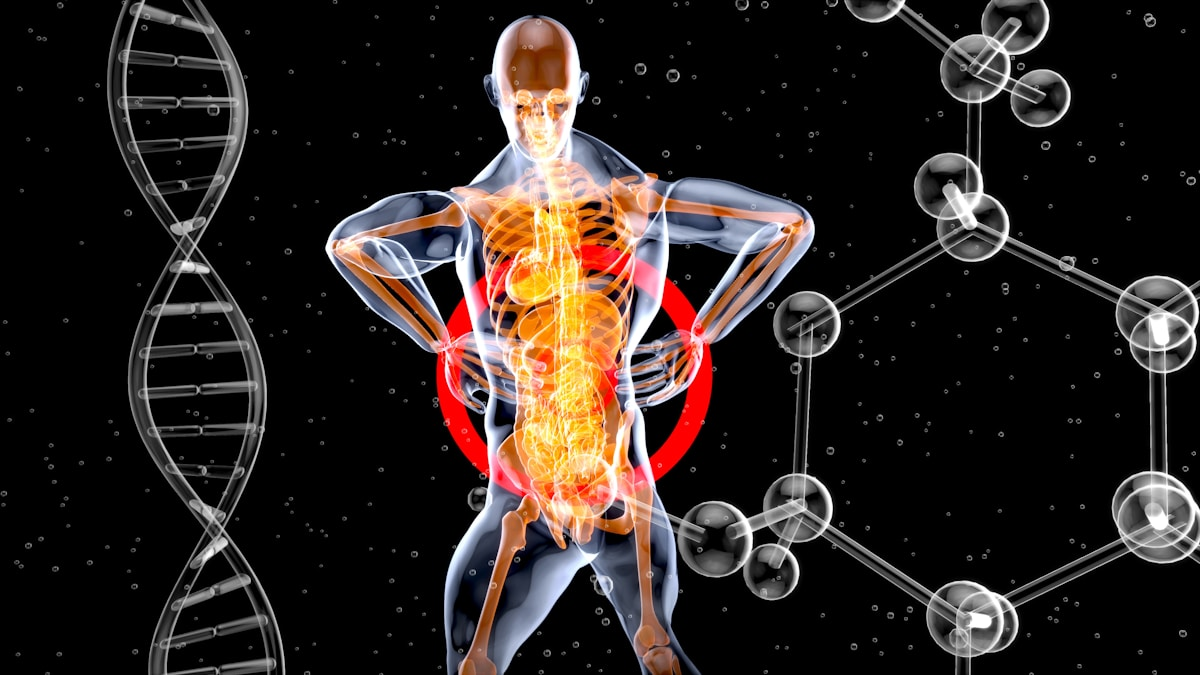A Research-Based Overview of a Promising Peptide
In recent years, the peptide known as BPC-157 has drawn increasing interest in the scientific research community. Though not approved for human use, this synthetic peptide continues to be investigated in preclinical studies for its potential roles in cellular repair, tissue regeneration, and angiogenesis.
🧪 Origins of BPC-157
BPC-157 stands for Body Protection Compound-157, a peptide fragment derived from a protein naturally found in the gastric juice of the human stomach. The peptide consists of 15 amino acids and was initially isolated as part of an effort to identify substances that support gastrointestinal tissue healing in animal models.
Because it is synthetically stable in gastric juice, researchers have investigated BPC-157’s potential biological activity through oral, subcutaneous, and topical administration — though always within controlled experimental setups involving rodent studies or cell culture.
📚 Key Areas of Research
1. Tendon and Ligament Repair (Animal Models)
Numerous preclinical rodent studies suggest that BPC-157 may enhance the healing of tendons, ligaments, and muscle tissue following injury. Research indicates potential improvements in collagen organization, fibroblast activity, and vascular supply.
Example: A study published in Journal of Orthopaedic Research noted faster tendon healing and increased biomechanical strength in BPC-157-treated rats compared to controls.
2. Gastrointestinal and Ulcer Research
BPC-157 was initially explored for its potential protective effects on the gastrointestinal tract. In animal models, it has been observed to:
- Reduce the size of experimentally induced ulcers
- Support epithelial barrier function
- Increase nitric oxide production in local tissue
These effects suggest BPC-157 may have cytoprotective properties relevant to gastric research.
3. Angiogenesis and Blood Vessel Health
One of the most intriguing aspects of BPC-157 research is its proposed role in angiogenesis — the formation of new blood vessels. In various studies, BPC-157 was observed to accelerate the healing of damaged blood vessels and support microvascular repair.
4. Neurological Research
Preliminary investigations in rodents also indicate potential neuromodulatory effects. In models of nerve injury, BPC-157 was associated with enhanced nerve regeneration and functional recovery. These effects are currently limited to preclinical models.
🔬 Mechanisms of Interest
While the full mechanisms are still under investigation, several hypotheses exist:
- Upregulation of VEGF (Vascular Endothelial Growth Factor)
- Modulation of inflammatory cytokines
- Interaction with the NO (Nitric Oxide) system
- Support of fibroblast migration and collagen synthesis
⚠️ Research Use Only
BPC-157 is not approved by the FDA for human consumption, diagnosis, or treatment. It is classified as a research chemical and is intended strictly for laboratory use in preclinical research.
At Optim Chems, we provide BPC-157 in high-purity, lab-tested form for qualified researchers only. All compounds are accompanied by documentation (COA, MSDS) upon request.
Do not use for human consumption. Research use only.
🧠 Final Thoughts
While BPC-157 remains an experimental compound, its unique profile and growing body of animal-based research make it a compelling subject for future investigation. From orthopedic science to vascular repair, this peptide continues to be explored as part of the growing toolkit of modern research biochemistry.
Interested in BPC-157 for your research lab?
Explore BPC-157 – Research Use Only →

